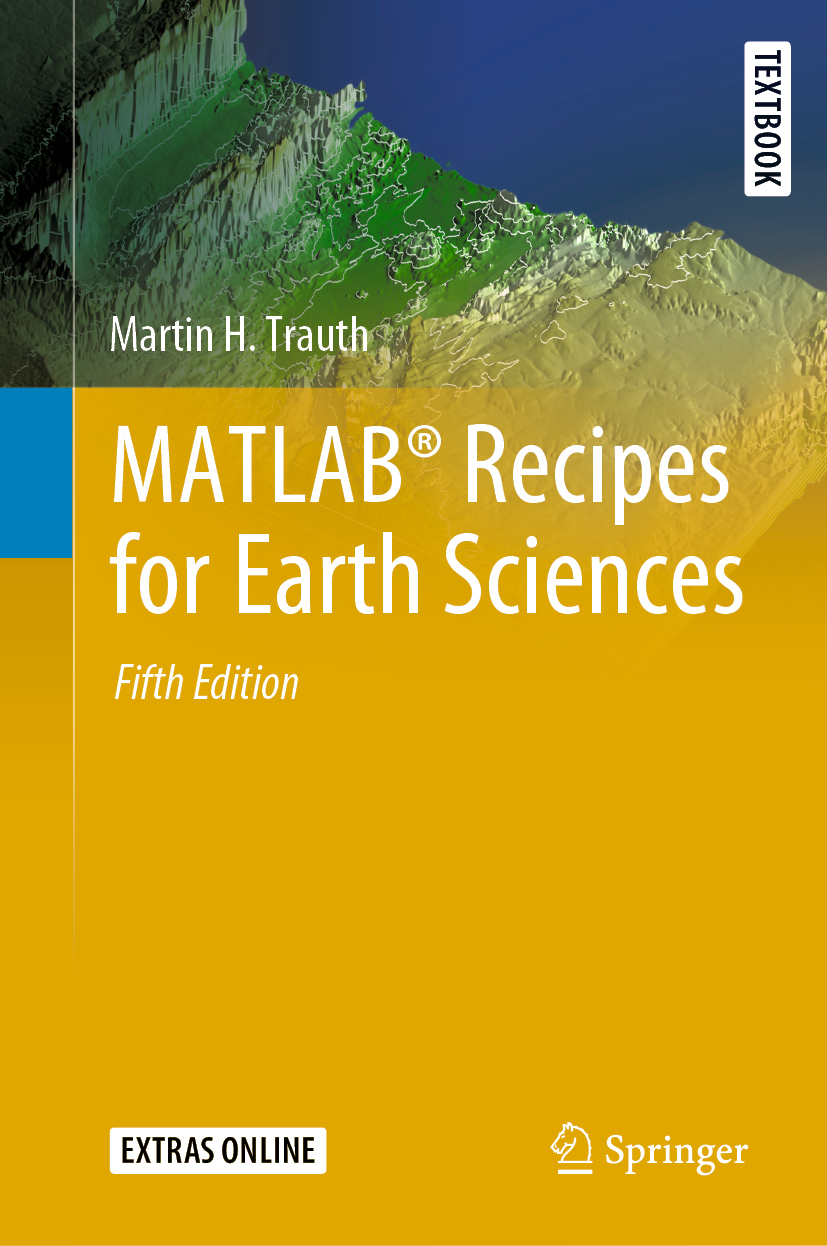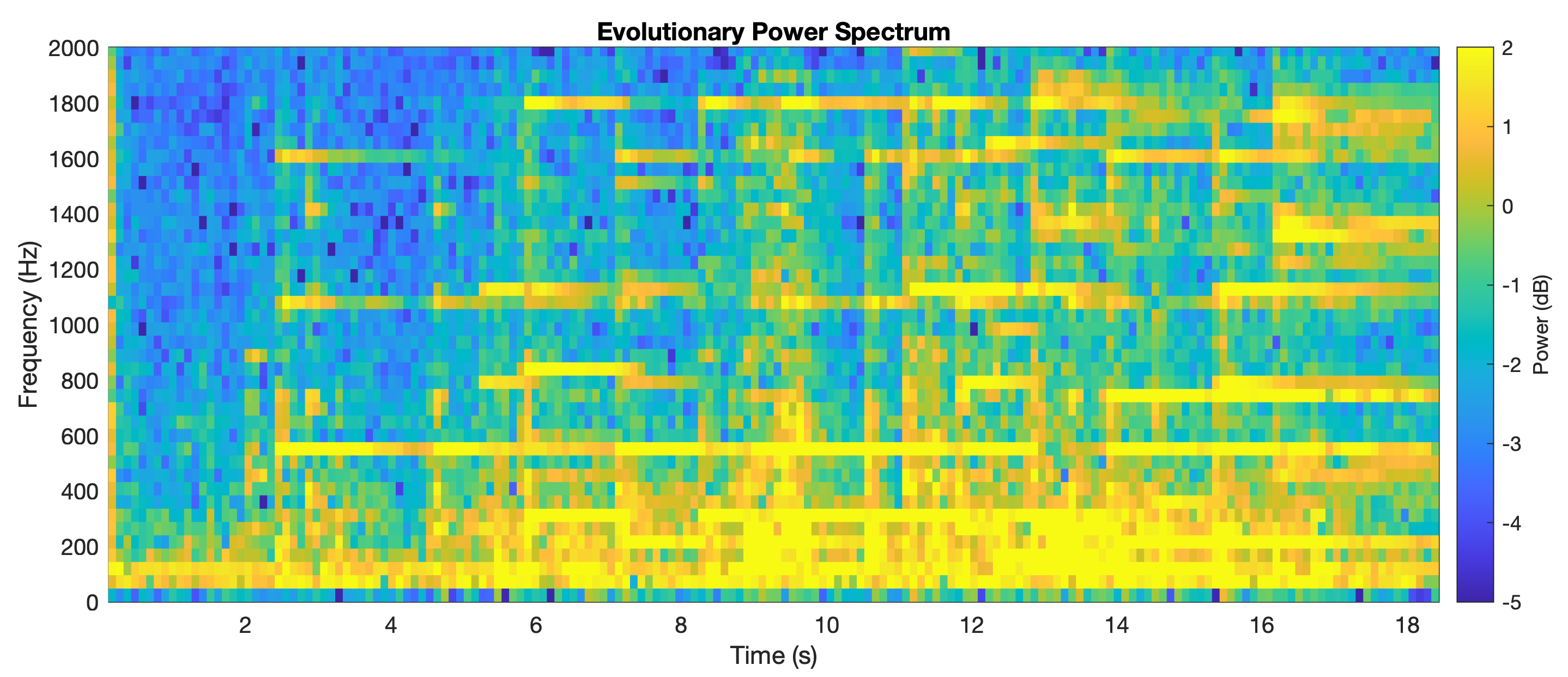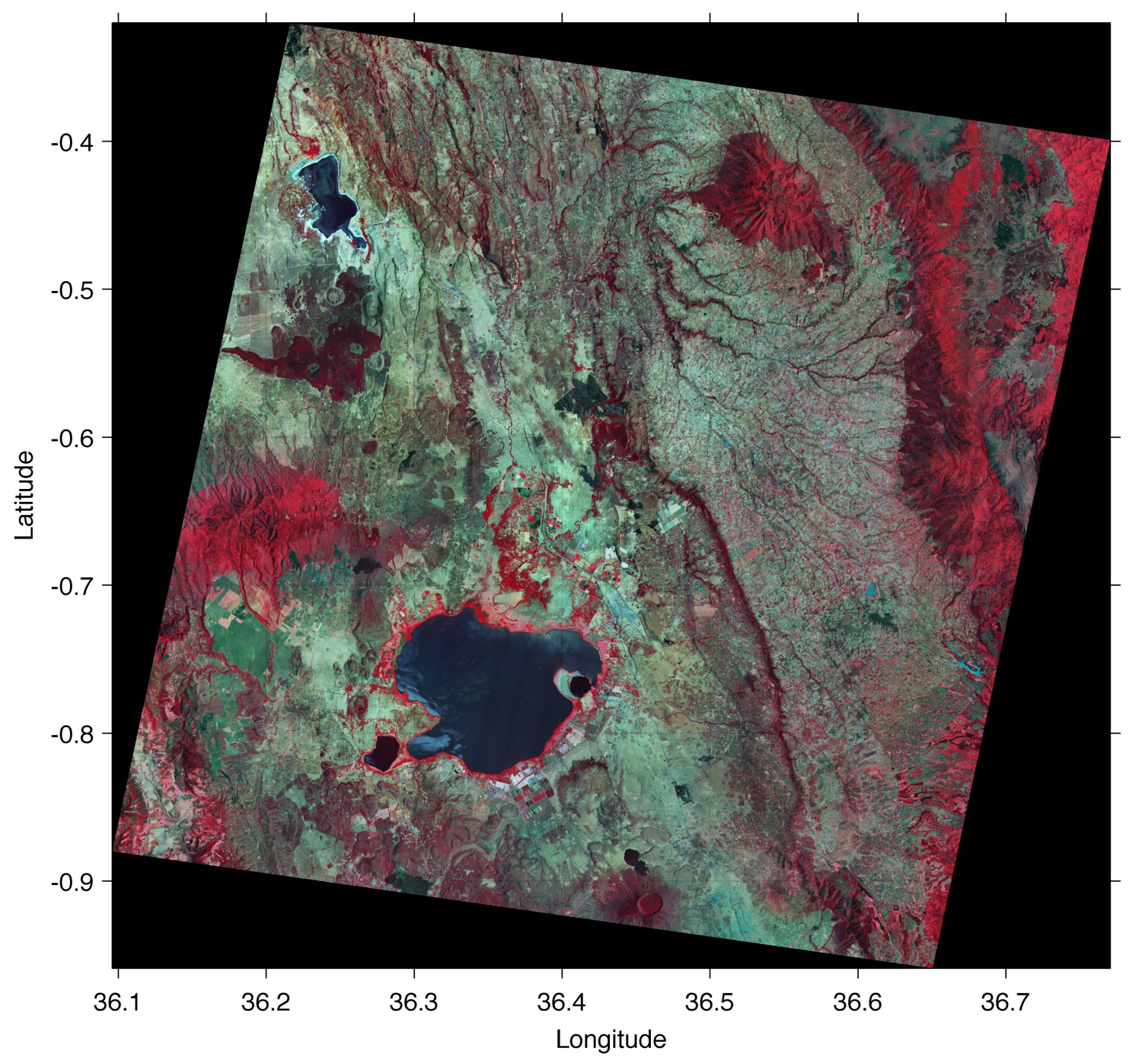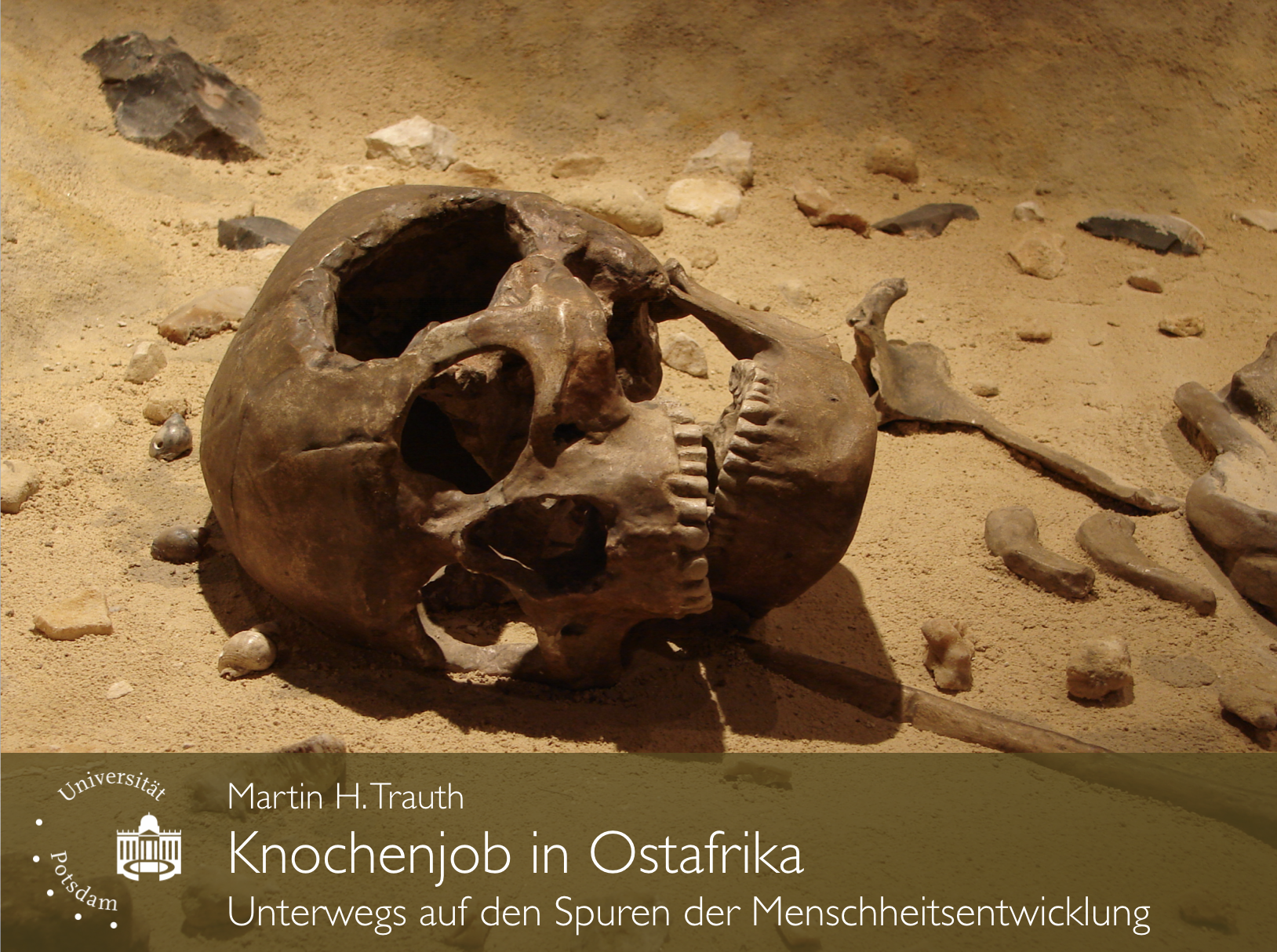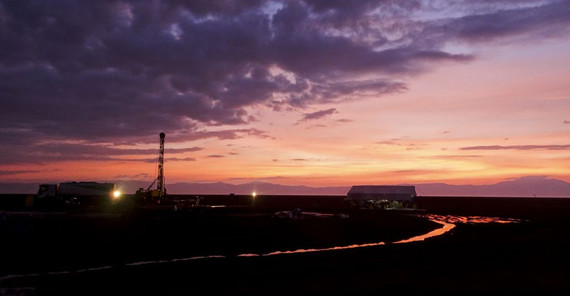Today the 5th edition of MATLAB Recipes for Earth Sciences appeared online and the hardcover edition is available for pre-order. MATLAB® is used in a wide range of geoscientific applications, e.g. for image processing in remote sensing, for creating and processing digital elevation models, and for analyzing time series.
Continue reading “MATLAB Recipes for Earth Sciences, 5th Edition”

